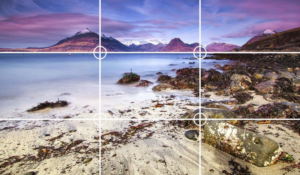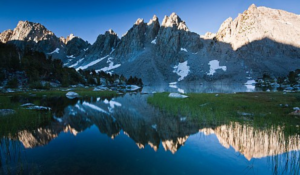Understanding White Balance in Photography

The white balance is an important aspect of photography. It determines whether colors are accurate in an image. This is a setting that photographers must master if they want to take photos with real colors.
Understanding White Balance
The white balance adjusts the colors of an image so that they appear more natural. This is necessary because light emitting sources can have varying temperatures. This can make whites appear warmer (reddish), or cooler (bluish), depending on lighting conditions. Photographers can correct these color casts by adjusting their white balance. This will ensure that the whites are white and not tinted.
Color Temperature
The color temperature is measured by Kelvin (K), which determines whether a light is warm or cool. Kelvin values are lower for warmer light and higher for cooler light. Candlelight, for example, has a lower color temperature than daylight (around 1000K), which results in warmer, orange tones. Overcast daylight, on the other hand, has a higher temperature (around 6,500K), which produces cooler, blueish tones.
White Balance Presets
Digital cameras have presets that are based on common lighting conditions such as sunlight, shade, cloudy days, tungsten and fluorescent. These presets adapt the camera’s settings for color temperature to the lighting conditions, making it easy to achieve an accurate white balance.
Automatic White Balance
The camera can automatically adjust the white balance of a scene based on its perceived color temperature. AWB is convenient but may not always give accurate results. This is especially true in situations where there are multiple sources of light with different colors temperatures.
Custom White Balance
Custom white balance allows photographers to manually set the white balance by using reference objects or cards with known color temperatures. This ensures accurate color reproduction even in difficult lighting conditions, where automatic or preset adjustments may not be sufficient.
Post-Processing Adjustments
After capturing the image, photographers can adjust white balance in post-processing programs like Adobe Lightroom. It allows you to correct any errors or make creative adjustments in order to improve the overall color balance.
Creativity and style
The white balance can be used to create a consistent style of photography. Photographers can warm or cool images intentionally to evoke a specific mood or to enhance their artistic expression. This adds another layer of creativity.
The importance of white balance mastery
By mastering the white balance, photographers can produce visually pleasing images that are well-balanced. This is possible through either in-camera adjustments and post-processing. Understanding white balance principles is crucial for accurate and consistent colors in photography.
White balance is an important aspect of photography. It directly affects the aesthetics and accuracy of photographs. Photographers can improve the quality of their images by mastering the white balance technique and realizing its creative potential.



